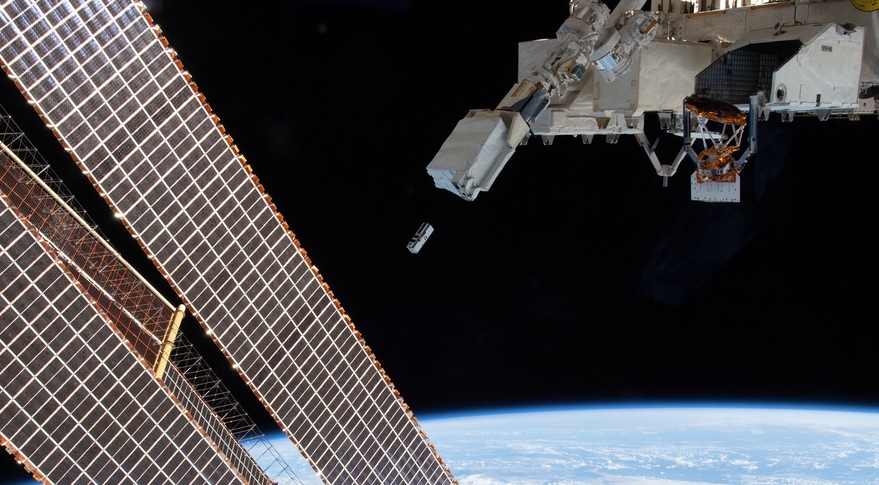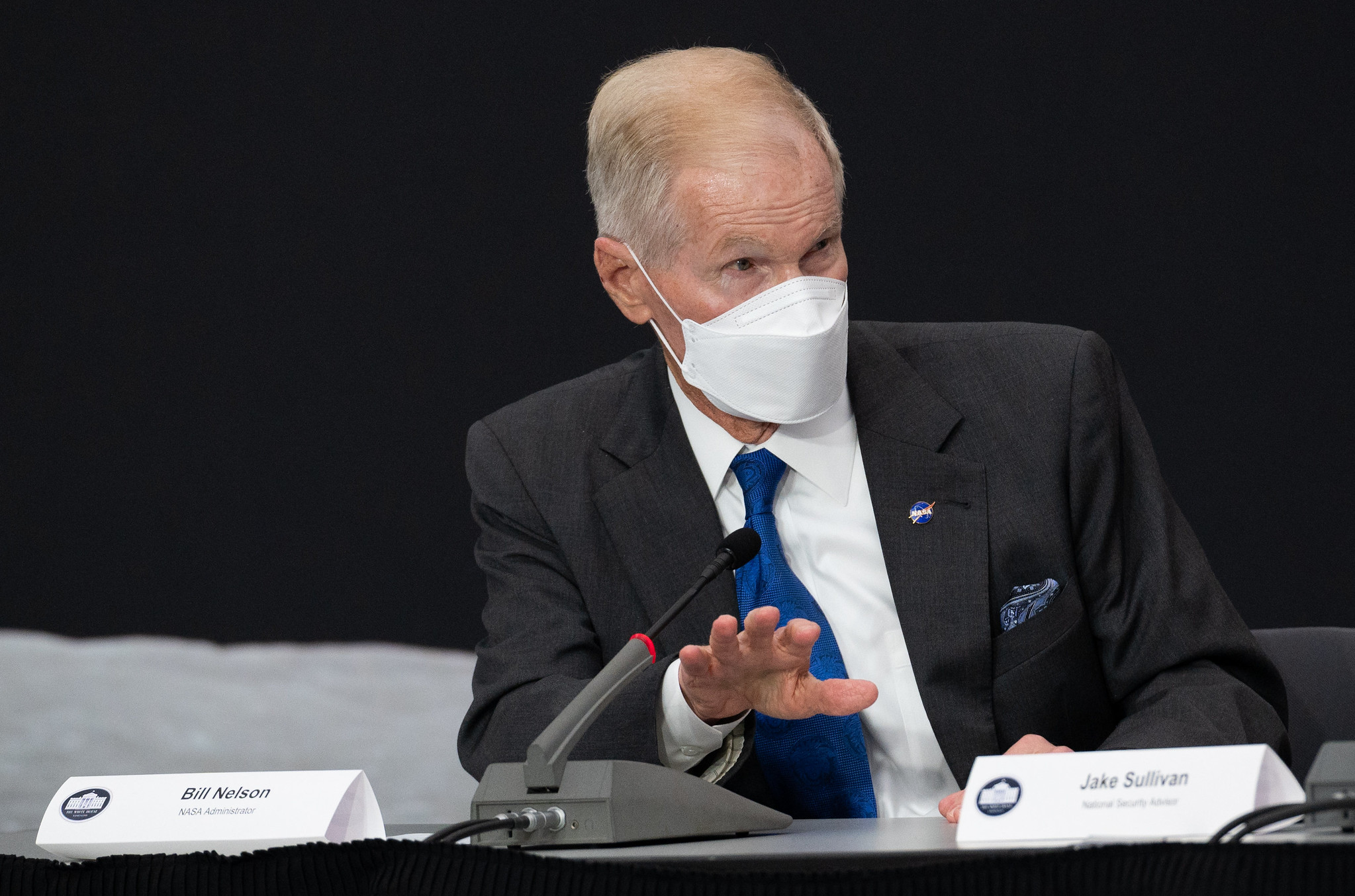by Jeff Foust —

WASHINGTON — SpaceX’s president says the company had been working for weeks to secure approval for Starlink services in Ukraine before a government minister tweeted a request to Elon Musk.
In a talk March 7 at the California Institute of Technology, Gwynne Shotwell said the company had been working for about a month and a half to get landing rights, or government approval to provide services in the country, before the Feb. 26 tweet by Mykhailo Fedorov, vice prime minister and minister of digital transformation of Ukraine, requesting SpaceX provide Starlink terminals.
“We had been working on trying to get permission — landing rights — to lay down capacity in Ukraine,” she said, describing it as a part of the company’s broader expansion of Starlink services in Europe and elsewhere. “We had been working with the Ukrainians for a month and a half or so.”
The company, she said, had been waiting for a letter formally granting landing rights, but it never came before Russian forces invaded the country Feb. 24. “But then they tweeted,” she recalled. “There’s our permission.”
Musk, founder and chief executive of SpaceX, tweeted in response to Fedorov Feb. 26 that Starlink services had been activated for Ukraine and that the company was shipping terminals to the country. An initial set of terminals arrived in the country two days later.
“They tweeted at Elon and so we turned it on,” she said. “That was our permission. That was the letter from the minister. It was a tweet.”
“That was the right thing to do,” Shotwell said of providing services that enable the free flow of information. “I think the best way to uphold democracies is to make sure we all understand what the truth is.”
Starlink in general is becoming an important part of the company still best known for its Falcon launch vehicles and Dragon cargo and crew spacecraft. “Our value right now is not based on Falcon and Dragon. It’s based on Starlink and Starship,” the company’s next-generation launch system. Even Starship, she added, still feels very speculative to many. “The value of this particular company is driven now by Starlink and will go further with Starship.”
Demand for Starlink’s broadband internet services remains high. “Right now, more people want Starlink in the U.S. than I can provide service to,” she said. That demand is a key reason the company is planning a larger constellation that could ultimately include 30,000 satellites, which she described as the “sweet spot” in meeting anticipated demand.
She reiterated the company’s efforts in space sustainability, which SpaceX outlined in a Feb. 22 statement that described efforts ranging from automated collision-avoidance maneuvers to deorbiting satellites quickly at the end of their lives. “We, I believe, are great stewards of the space environment,” she said, arguing it was in the company’s own interest in limiting debris.
“The biggest contributor right now to debris in the space environment is ASAT testing,” she said, calling for a halt to tests like the November 2021 Russian demonstration of an antisatellite weapon that created thousands of pieces of debris. She also suggested limiting the use of cubesats that lack propulsion that allow them to maneuver. “I think there’s going to come a time when we’re not going to want to fly non-propulsive satellites or satellites that cannot deorbit.”
Shotwell did not provide details on the development of Starship beyond emphasizing the company’s goal of enabling aircraft-like reusability. “We hope to turn these vehicles around just like an aircraft,” she said.
The space industry, she added, was still coming to terms of what the projected cost and performance of Starship would enable. “Starship will change everything about space,” she said. “Once we get this fully operational reusability, like airplanes, once we nail that, then the cost of a Starship mission is the propellant, LOX and methane, which is not expensive.”
“Has the community gotten their head around it yet? No,” she said. “Organizations will still optimize for mass, which will be dumb in that timeframe. They will optimize for size, which will be dumb because Starship is gigantic.”
Note: This article have been indexed to our site. We do not claim legitimacy, ownership or copyright of any of the content above. To see the article at original source Click Here













